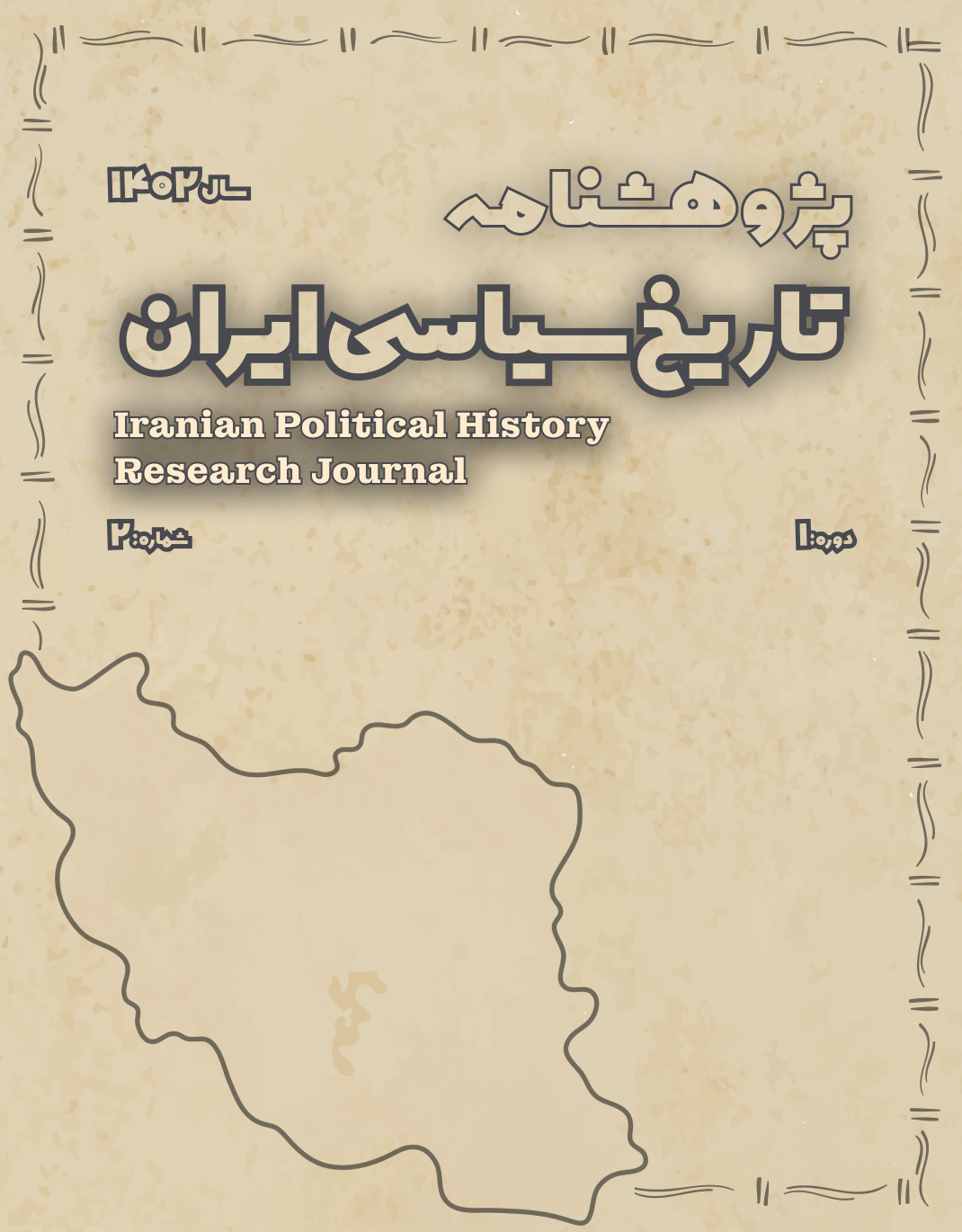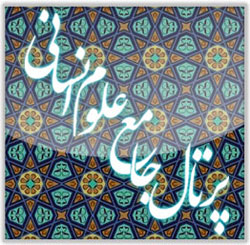Iranian Diplomacy During the Constitutional Revolution: From the Court to the Embassies
Keywords:
Iranian Constitutional Revolution, Qajar Diplomacy, Ministry of Foreign Affairs, Embassies, Royal Court and Parliament, History of Iranian Foreign PolicyAbstract
Iranian diplomacy during the Constitutional Revolution represents a critical turning point in the country's transition from autocratic monarchy to constitutional governance. This article employs historical and analytical methods to examine how the structures, functions, and discourse of Iran's diplomatic institutions evolved between the late Qajar period and the establishment of the second National Assembly. The findings reveal that during the Qajar era, diplomacy was predominantly shaped by the personal networks of the royal court, lacking institutional clarity and strategic autonomy. The Ministry of Foreign Affairs played a largely ceremonial role, and Iranian embassies abroad primarily reflected royal interests rather than representing national priorities. With the advent of the Constitutional Revolution, significant changes emerged, including parliamentary oversight, diplomatic accountability, and the prioritization of national interests over royal decrees. The study explores the dual role of embassies in both reflecting internal political shifts and navigating the tensions between the monarchy and the newly empowered parliament. Ultimately, the article argues that Iranian diplomacy in this period occupied a transitional space between traditional and modern paradigms, gradually adapting to the demands of constitutional politics. Drawing on primary historical sources and theoretical frameworks such as elite theory and historical institutionalism, this research contributes to a deeper understanding of the origins of modern diplomacy in Iran and proposes new avenues for future studies in the history of Iranian foreign policy.
Downloads
References
Abrahamian, E. (1982). Iran Between Two Revolutions. Princeton University Press.
Afary, J. (1996). The Iranian Constitutional Revolution, 1906–1911: Grassroots Democracy, Social Democracy, and the Origins of Feminism. Columbia University Press.
Adamiyat, F. (1976). Andishehaye siyasi va ejtemai dar nahzat-e mashruteh-ye Iran [Political and Social Thoughts in the Iranian Constitutional Movement]. Tehran: Kharazmi Press.
Keddie, N. R. (2003). Modern Iran: Roots and Results of Revolution. Yale University Press.
Kazemzadeh, F. (1956). Russia and Britain in Persia: Imperial Ambitions in Qajar Iran. Yale University Press.
Martin, V. (2000). Islam and Modernism: The Iranian Revolution of 1906. I.B. Tauris.
Mahdavi, A. (1970). Tarikh-e ravabet-e siyasi Iran va Britania [History of Iran-Britain Relations]. Tehran: Tehran University Press.
Atabaki, T. (2000). Iran and the First World War: Battleground of the Great Powers. I.B. Tauris.
Katouzian, H. (2003). State and Society in Iran: The Eclipse of the Qajar and the Emergence of the Pahlavis. I.









